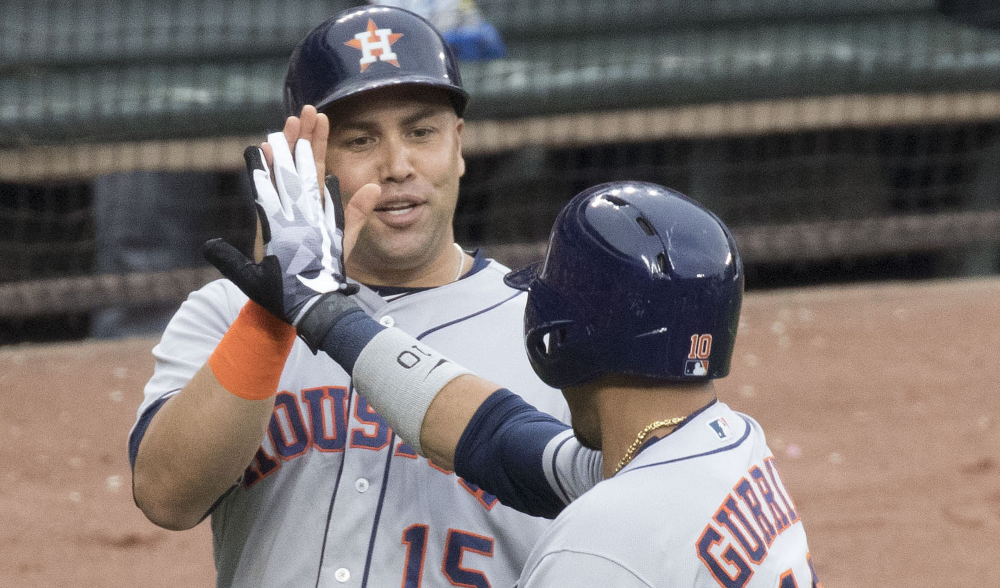The Cubs Survived the World Series Hangover
Tonight, the Chicago Cubs begin their attempt to become the first team to repeat as champions since the New York Yankees won three in a row from 1998 to 2000. Since free agency really took hold about 40 years ago, the only other team to win consecutive titles has been Toronto in 1992 and 1993. Since integration, the A’s, Blue Jays, Reds, and Yankees are the only franchises to repeat — and the runs by Cincinnati, Oakland, and (in one case) New York all occurred in the 1970s. While parity seemingly drives the game, a repeat isn’t impossible, and the Cubs have passed the all-important first step of making the playoffs.
That’s not to say it was easy. The Cubs dug themselves a hole early this season, going 43-45 before the All-Star break, about eight wins shy of where the projections thought they’d be at that point. In the second half, however, they produced a 49-25 record, about six wins better than the projections called for. In the end, the club fell just a few games short of their preseason forecasts and made the playoffs without much trouble.
As I wrote in September, it’s hard to characterize this Cubs team as one that’s underachieved. While some have attributed the club’s early-season difficulties to a “hangover” effect from last year’s championship, there’s not much evidence that the club actually underperformed reasonable expectations, receiving strong campaigns from a number of their stars and good production from unexpected sources. There’s also little evidence that World Series hangovers exist in the first place.
More on that second point in a moment. First, let’s consider the team’s most important players. We begin with Kris Bryant. The Cubs’ third baseman might not be clutch, but he recorded his third consecutive season of six wins or better, finishing sixth in the majors by WAR. And about his clutch performance: while it might be fair to say he hasn’t been clutch, that’s obvious different than being clutch. Keep in mind that the 150 wRC+ Bryant has recorded in low- and medium-leverage situations has occurred over 1,801 plate appearances; the 87 wRC+ he’s produced in high-leverage situations, meanwhile, is the result of just 213 plate appearances.
A sample of 213 PAs is obviously subject to considerable variation. For example, did you notice when, in the 197 regular-season plate appearances between September 2 of last year and April 23 of this one, that Bryant recorded an 82 wRC+? Probably not. (Especially since he recorded a 148 wRC+ in the middle of it during last year’s postseason.) Those 197 PA where Bryant wasn’t so good obviously don’t represent his real talent level. They occurred over an interval of two different seasons and he actually played well in the middle of that span. So naturally, if those somehwat disjointed 200-or-so plate appearances don’t reflect the real Bryant, it’s possible that the other 200-or-so high-leverage plate appearances — spread out over three years and inclusive only of regular-season play — likely don’t, either. Probably best not to make a big deal over them.





